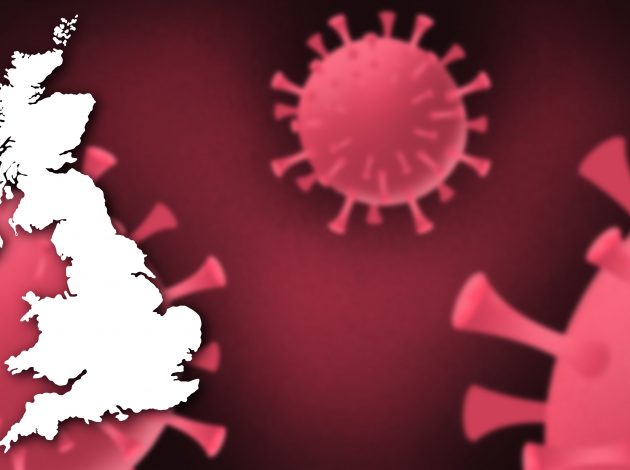It is essential we fully understand the scale of the coronavirus pandemic. The ONS is at the forefront of this, producing a programme of analysis to provide more insight into the impact of COVID-19 on mortality in England and Wales. Iain Bell highlights how the ONS is providing information right down to a local level.
Raw statistics are often seen as just numbers. But behind every death, every number, in this pandemic is a human being and a tragic toll on a family and a community.
It is crucial that ONS, working with public health bodies across government, does all it can to help fully understand the impact coronavirus is having, so the right decisions can be made to help those who most need it. We are accommodating new data sources as they become available to respond quickly.
Ten days ago, I set out our workplan for our analysis of deaths data and this week we have published two of the major commitments from that programme, focusing on deaths in care homes and today’s article which covers deaths from COVID-19 by locality and deprivation of the area.
Each of these show that the tragic toll of COVID-19 is not impacting communities equally.
We have already seen that males more than females are dying from COVID-19 and that increases with age. We’ve published details of deaths in March where COVID-19 was the underlying cause, while this week we’ve been able to draw on Care Quality Commission (CQC) data to give fresh insight into deaths in England’s care homes.
What do we know about urban and rural areas?
Today we’ve been able to go further and look at COVID-19 death rates at a local level. Our findings show, perhaps unsurprisingly, how different the impact of the virus has been, depending on where you live. By mid-April, the region with the highest proportion of deaths involving COVID-19 was London, with the virus being involved in more than 4 in 10 deaths since the start of March. In contrast, the region with the lowest proportion of COVID-19 deaths was the South West, which saw just over 1 in 10 deaths involving coronavirus. The 11 local authorities with the highest mortality rates were all London boroughs, with Newham, Brent and Hackney suffering the highest rates of COVID-19 related deaths.
Just as we see in normal times, it appears the pandemic is hitting more deprived areas harder. People living in more deprived areas have experienced COVID-19 mortality rates more than double those living in less deprived areas. General mortality rates are normally higher in more deprived areas, but so far COVID-19 appears to make a greater difference still between more deprived and least deprived areas.
There’s much more work to be done here as there will be interactions, for example between living in urban areas, the spaces we live in and the ability to socially distance and work from home.
What does care home data show?
In recent weeks there has been a real pressure to respond to the growing crisis unfolding in our care homes. The government has now started collecting daily data, providing a count of all deaths where a positive test for COVID-19 has been confirmed, wherever that death has taken place. This differs from the weekly data ONS put out this week in one key area – we include all deaths where the registration mentions COVID-19, not necessarily a positive test. See more in this statement.
Using CQC data we have been able to show that between 10 April and 17 April, CQC were notified of 1,968 deaths that were either confirmed or suspected by the provider to have involved COVID. This closely matches the 1,999 COVID related deaths that were registered in England between the same dates.
CQC were also able to provide us with notifications received up to 24 April for a more up to date picture.
In total, there were 2,906 deaths involving COVID-19 registered in English care homes up to 17 April. Latest data from CQC shows 2,375 COVID-19 related deaths in care home settings from 18 April to 24 April. When you look at these together, this gave the clearest indication yet of the scale of care home deaths.
What’s coming up?
We’re working towards providing more insight next week on another key question that is being asked around the impact ethnicity has had on COVID-19 deaths.
There’s lots more work coming up, too. We’re already investigating excess deaths not involving COVID-19; we’re also looking at the impact someone’s occupation, religion and even air pollution might be having on COVID-19 deaths.
These pieces of analysis are complex requiring multiple data sources. The analysis is underway, and we will be able to make further announcements in the coming weeks as to when these will be released.
Iain Bell is Deputy National Statistician at the ONS
